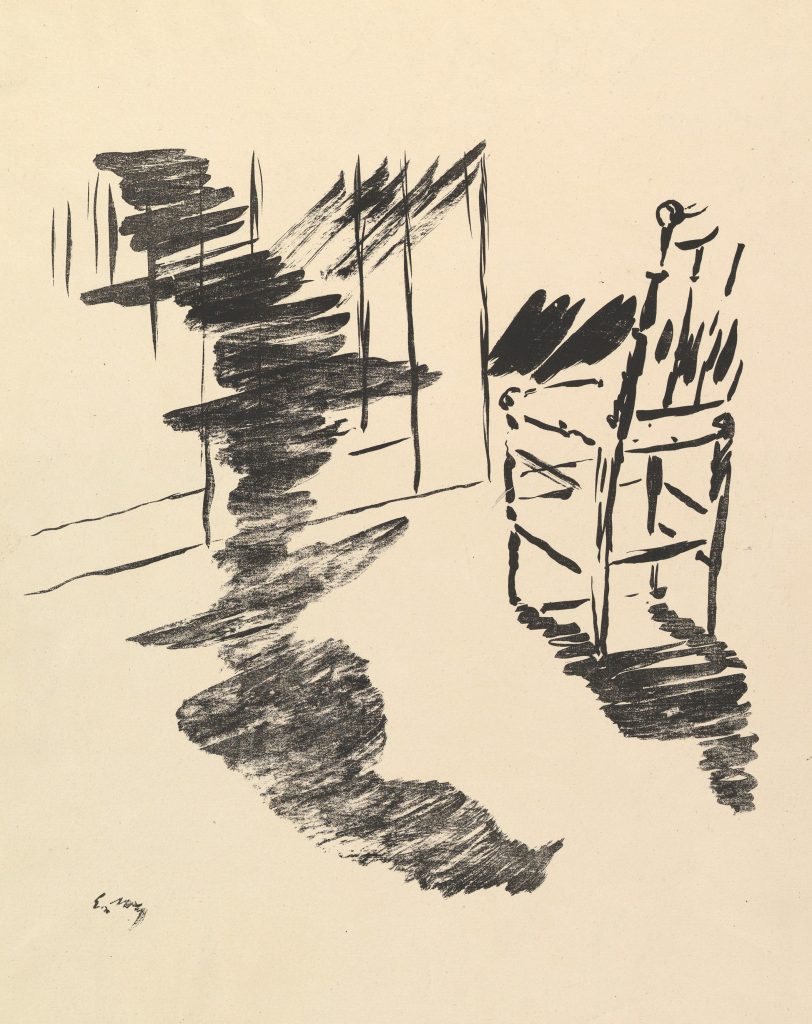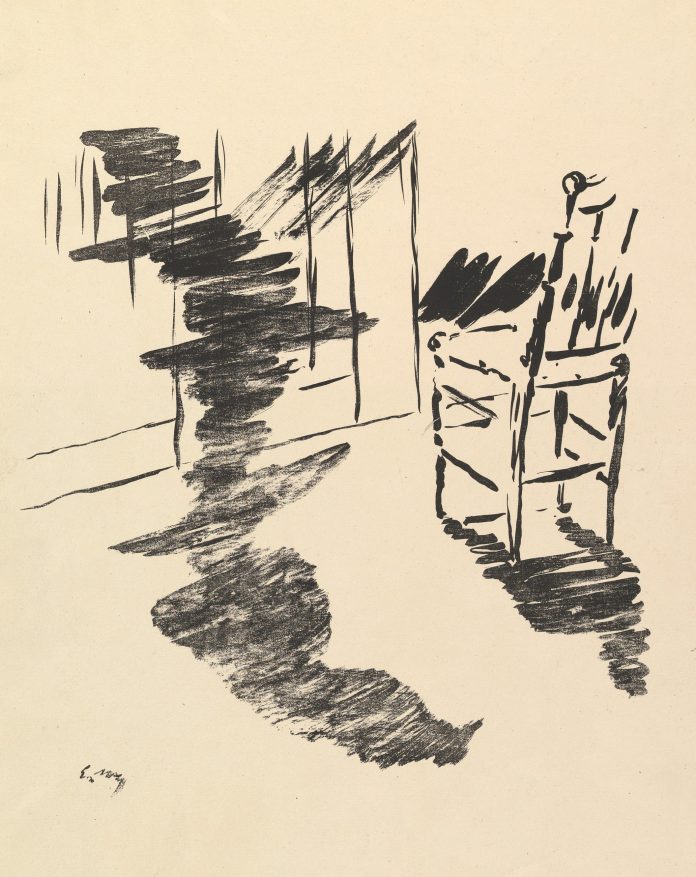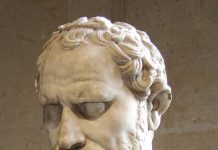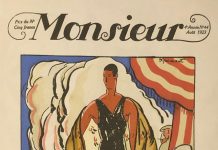The author of this book about symbolism, Andrei Pop, sets a very high bar for what he is attempting to achieve. He identifies a “present crisis in the humanities” that relates directly to the fragmentation of our society. “Without working out the logical bases for our shared aesthetic, scientific, moral and political projects, I do not see how we will overcome the tribalism overtaking twenty-first century life.”
To approach this problem Pop, a member of the Department of Art History at the University of Chicago, takes a fresh look at symbolist art. The term originated in a work by Charles Baudelaire in 1857, from which the author takes the title of his book, the “forest of symbols that regard man with a familiar gaze.” Pop explores how the term symbolism or symbolist was first applied to art in 1886 and what it meant in the final years of the nineteenth century.
A key figure here was the French art critic Gabriel-Albert Aurier (1865-1892), who, the author states with an allusion to Plato “at his most bombastic called for genius to pierce the shadows of the cave and espy essences lurking in the forest of symbols.” Aurier termed Vincent Van Gogh a symbolist. He insisted that the recurring use of figures such as sunflowers makes him “a symbolist who feels the continual need to clothe his ideas in precise, ponderable, tangible forms.” This quote from Aurier serves as a point of departure for Pop to give us a response from the artist himself. Van Gogh did not accept Aurier’s analysis.
“Suppose,” van Gogh wrote, “that two pictures of sunflowers have certain qualities of color, and that they also express an idea symbolizing gratitude. Is this different from so many flower pieces” by other artists, he asked? “You see, it seems so difficult to me to make a distinction between impressionism and other things. I do not see the use of so much sectarian spirit.”
If even van Gogh was hesitant to adopt the mantle of symbolist, it puts us on guard about applying the term loosely. Pop does an excellent job at wading through the thickets of symbolist meanings, which went far beyond art to encompass mathematical and natural sciences as the nineteenth century drew to a close.
It is beyond the scope of a short review to cover all the arguments Pop makes in this important book, so I will concentrate on his chapter entitled Crises of Sense: The French Take on Edgar Allan Poe. Here Pop looks at one of Poe’s most famous tales, The Raven. “What’s so symbolist about the Raven?,” Pop asks rhetorically. Just about everything as it turns out: there was a “symbolist fascination” with the story. Perhaps Poe himself would, like van Gogh, have pushed back on any such interpretation, but since he was long dead by the 1870s there was no impediment to their efforts.
Central to Pop’s look at this matter is the work of the artist Edouard Manet, whose 1875 illustrations for a deluxe book (2 feet in height) of the story have resonated to this present day. Debate raged a few decades ago about how Manet created these four iconic images, “a testament,” writes Pop, “to the enduring shock value of Manet’s technique.”
Quite aside from the technique, Pop discerns matters of great moment in Manet’s illustrations. The fourth one “The Shadow”, shown with this review, is central to his argument. “This chair and its equivocal shadows remain a raw nerve, throwing into relief its aesthetic challenge- which is a philosophical one as well.” What we see on the left is an inverted shadow of the raven, with his beak pointing towards the right, and the shadow of a statue above it. While in the chair we see no one, but his shadow is still present! The image is meant to illustrate this line written by Poe: “And the lamplight o’er him streaming throws his shadow on the floor. And my soul from out that shadow that lies floating on the floor, shall be lifted – nevermore!” For those familiar with the tale, the prophetic raven utters only one doom-laden word time and again: nevermore.
This finally leads Pop to an exposition on ‘private language’. “We have arrived at the real nub of the difficulty,” he writes, “not just of readers and viewers, but also for the symbolist art which followed and traced its descent from this book.” Pop quotes from a magazine article Poe himself wrote in 1846: “I am not to be understood as supposing that the fancies, or psychal impressions, to which I allude, are confined to my individual self.”
Pop says that “what Poe promises in this text, and introduces in his account in ‘The Raven’ of the experience in the armchair, is nothing less than the prototype of what the Austrian philosopher Ludwig Wittgenstein was to decree an absurdity- private language, a means of expression to which one person alone has access.” Pop identifies the insistent “I’ or “my” that pervades the text of the Raven as indicative of this private language.
Pop explains that The Shadow image by Manet in the 1875 book is an expression of just such a private language. It “suggests that we ourselves, or rather, that I myself, have been put in the place of the narrator, left staring at the puddle of shadow on the floor, in a posture of despair from which I ‘shall be lifted – nevermore.’”
The issue private language “is important, and art has a say in it,” Pop says, “precisely because of the vast potential to misunderstand one another that plays such a central role in our social, political, and everyday lives, and on which modern art has put a premium.”
Certainly a thought-provoking book with many deep channels for the inquiring mind to dive into, A Forest of Symbols is required reading for an understanding of our times, and the hopes of humanity that may nevermore be realised if we succumb to the forces of nationalism.
A Forest of Symbols: Art, Science and Truth in the Long Nineteenth Century, by Zone Books in New York City, is distributed by MIT Press. It lists for $32.95.














